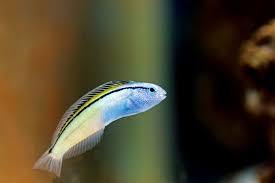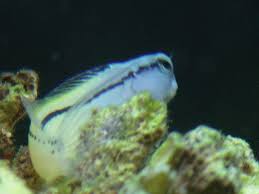
Coinfections involving Distemper (Feline Panleukopenia) and Feline Leukemia Virus (FeLV) present a complex and challenging scenario for feline health. Understanding the dynamics of these concurrent infections is crucial for effective management and care. In this article, we explore the nuances of Distemper and FeLV coinfections and strategies for navigating this intricate health landscape.
**The Dual Threat: Distemper and Feline Leukemia Virus**
Distemper and FeLV are both serious viral infections that can compromise a cat’s immune system. Distemper, caused by the feline parvovirus, primarily affects the gastrointestinal tract and immune system. FeLV, on the other hand, is a retrovirus that can lead to various health issues, including immunosuppression, anemia, and the development of certain cancers.
**Increased Vulnerability in Coinfections**
When a cat is simultaneously infected with Distemper and FeLV, the challenges intensify. Coinfections can result in a more severe and prolonged course of illness, as both viruses target the immune system. This heightened vulnerability underscores the importance of early detection and intervention.
**Diagnostic Challenges and Screening Protocols**
Diagnosing coinfections requires a thorough understanding of each virus and their interactions. Veterinarians often employ a combination of clinical signs, blood tests, and molecular diagnostics to identify Distemper and FeLV. Routine screening for FeLV is especially critical, as it can help identify cats at risk and inform preventative measures.
**Management Strategies: A Multifaceted Approach**
Managing Distemper and FeLV coinfections involves a multifaceted approach aimed at addressing both viral infections and associated complications:
1. **Isolation and Quarantine:** Cats with coinfections should be isolated to prevent the spread of viruses to other feline companions. Strict quarantine measures help minimize exposure and reduce the risk of transmission.
2. **Supportive Care:** Providing supportive care is essential for managing symptoms and maintaining the overall health of the affected cat. This may include intravenous fluids, nutritional support, and medications to address specific symptoms.
3. **Antiviral Treatment:** While there is no specific cure for Distemper or FeLV, antiviral treatments may be used to manage symptoms and improve the cat’s quality of life. These treatments aim to reduce viral replication and support the immune system.
4. **Preventative Measures:** Vaccination against Distemper and FeLV is a cornerstone of preventative care. Ensuring that all cats in a household are up-to-date on vaccinations can significantly reduce the risk of coinfections.
**Educational Outreach: Empowering Cat Owners**
Educating cat owners about the risks, symptoms, and preventative measures for Distemper and FeLV is crucial. By promoting awareness, responsible ownership practices, and routine veterinary care, cat owners can actively contribute to the health and well-being of their feline companions.
**Conclusion: Navigating the Path to Feline Health**
Distemper and Feline Leukemia Virus coinfections present formidable challenges, but with early detection, veterinary care, and preventative measures, it is possible to navigate this complex health landscape. By fostering a collaborative relationship between veterinarians and cat owners, we can work towards minimizing the impact of these coinfections and ensuring a healthier future for our feline friends.









